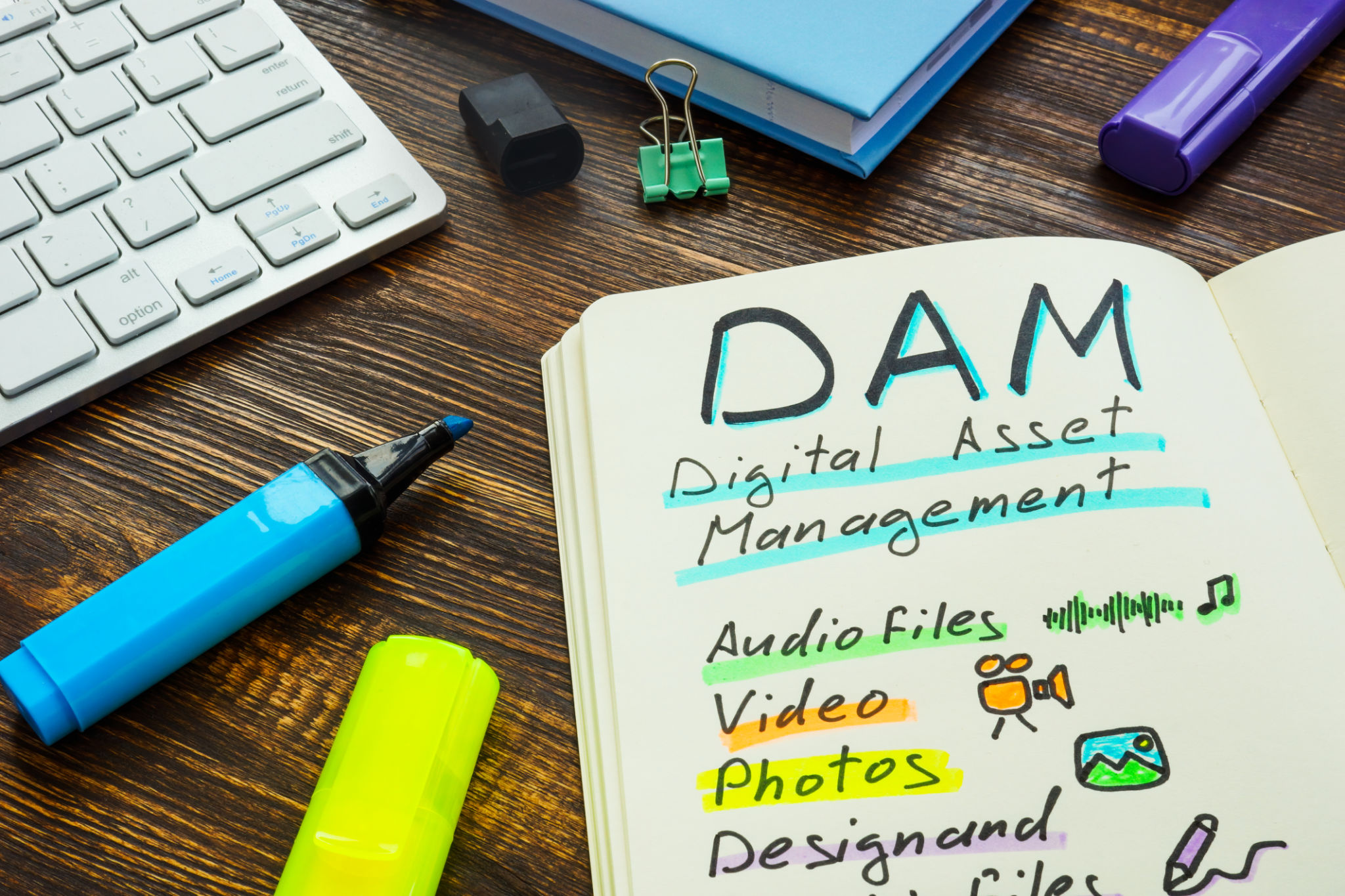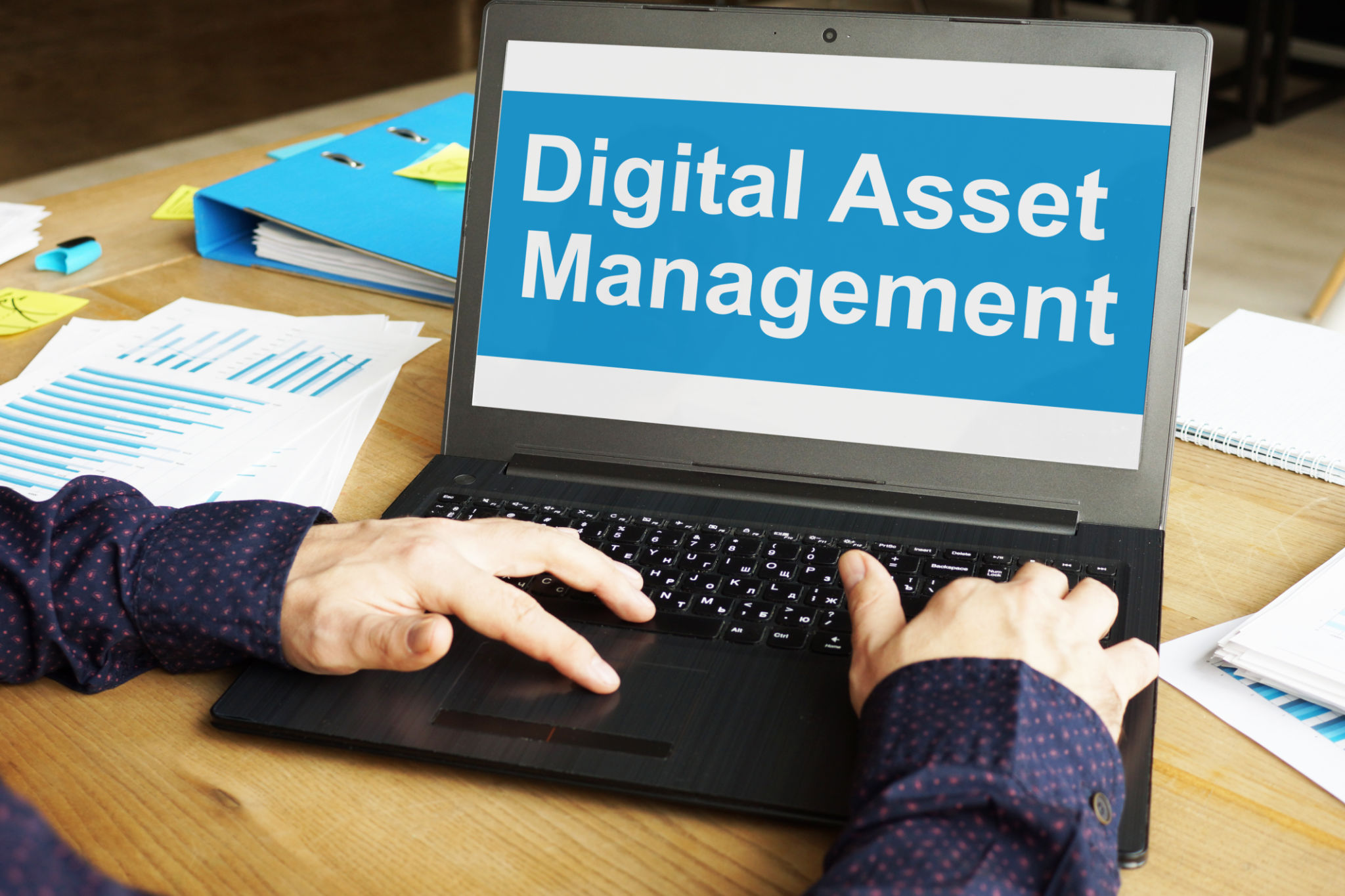The Ultimate Guide to Managing Digital Assets Online
Understanding Digital Asset Management
In today's fast-paced digital world, effectively managing your digital assets is crucial for maintaining a competitive edge. Digital Asset Management (DAM) involves the organization, storage, and retrieval of digital files such as images, videos, documents, and more. By implementing a robust DAM system, businesses can ensure easy access to their digital content, streamline workflows, and enhance productivity.
One of the primary benefits of a DAM system is that it centralizes all digital files in one location, making it easier for teams to collaborate and share assets. This centralization reduces the risk of data loss and ensures consistent branding across various platforms.

Choosing the Right DAM System
When selecting a DAM system, it's essential to consider factors such as scalability, ease of use, and integration capabilities. The right system should align with your organization's specific needs and workflow processes, allowing for seamless adoption.
Scalability is particularly important for growing businesses. A scalable DAM system can accommodate an increasing volume of assets without compromising performance. Additionally, look for systems that offer customization options to tailor the platform to your specific requirements.

Implementing a DAM Strategy
Once you've chosen a suitable DAM system, implementing an effective strategy is the next critical step. Start by defining clear goals and objectives for your digital asset management. This will guide the development of processes and workflows to ensure optimal efficiency.
It's also important to establish naming conventions and metadata standards. Consistent naming conventions facilitate easier search and retrieval of assets, while metadata helps categorize and provide context to each file.

Training and Adoption
For a DAM system to be truly effective, all team members must be on board and adequately trained. Conduct comprehensive training sessions to familiarize users with the system's features and best practices. Encourage feedback to continuously improve the system's usability and effectiveness.
Adoption can be further boosted by demonstrating the benefits of the DAM system in everyday tasks. Highlight how it simplifies processes, improves collaboration, and saves time.
Maintaining Your DAM System
Regular maintenance is crucial to ensure your DAM system remains efficient and up-to-date. This includes periodic audits to remove outdated or redundant files, updating metadata, and checking for software updates.
Consider appointing a dedicated team or individual responsible for overseeing the DAM system's maintenance. This ensures accountability and helps maintain the system's integrity.

The Future of Digital Asset Management
As technology continues to evolve, so too will digital asset management systems. Emerging technologies such as artificial intelligence and machine learning are expected to play a significant role in automating asset organization and retrieval processes.
By staying informed about industry trends and technological advancements, businesses can leverage these innovations to further enhance their digital asset management strategies.
In conclusion, managing digital assets online effectively requires a combination of the right tools, strategic planning, and ongoing maintenance. By implementing a comprehensive DAM solution, businesses can optimize their digital workflows and maintain a competitive edge in the digital landscape.
